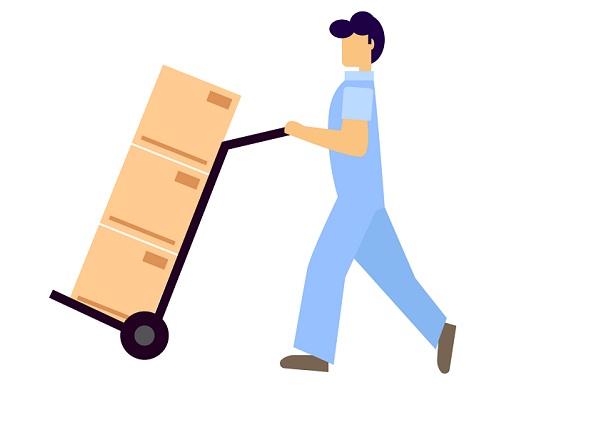No one should rest on their laurels when it comes to product packaging. There is always room to improve and doing so can help find ways to move products faster, make it easier to buy, and potentially increase sales as well. Furthermore, it can also help reduce operational costs for materials, assembly, preparation and even waste costs or downstream environmental damage.
Start With the Purpose
Fundamentally, packaging serves two purposes: it identifies a product clearly so consumers can find it easily and buy the product, and it also protects the product in shipping and delivery, so the consumer gets what he or she paid for. While the latter part is important, the primary benefit of packaging is marketing. Not only does it make the product attractive to the consumer, but it can also convince other consumers to buy as well when seen as popular. However, traditionally, none of these benefits take into account the downstream effects of packaging, which primarily creates a lot of trash and waste after it serves its purpose, not to mention, packaging equipment can be expensive.
Packing innovation takes what’s already being used and finds a way to improve it in some aspect that makes sense at a practical level. The most obvious approach would be to find a way to package it with the same benefits and less cost. Doing so produces operational savings that can be used elsewhere to boost company income. However, there are other benefits possible as well.
Physical Benefits
Better packaging material can protect a product so that it lasts longer, a big issue with food that has a limited shelf-life before it goes bad. It can make things harder to steal, helping reduce the problem of shoplifting and related shrinkage. Improved packaging can find ways to utilize recyclable material or components that will become biodegradable versus lasting for decades and not breaking down. In short, there are lots of ways packaging can be improved, even if it seems to work well already.
Space Utility Improved
Normal packaging takes up space, and that becomes a cost with how many units can be packed and shipped within a limited size container. A big commercial truckful of crates might seem like a lot, but when the order demand is 50,000 units or more, it starts to lose impact in size very quickly. So, maximize the number of food units that can be packed in a crate, then a pallet and then a rig or shipping container really begins to matter. If packaging is too bulky, it costs more in valuable space. So, a compacted shape that works together to maximize the number of units that can be packed is a big priority.
Product Safety and Protection
At the same time, that same packaging needs to be strong enough to protect the goods. Too thin or fragile, and the food product inside gets crushed and goes bad. So, the materials used for packaging need to be light, uniform, easy to pack, but strong enough to preserve the product as it was originally intended for the consumer. Plastics and cardboard have been used for years in this regard.
Pushing Things to the Edge of the Envelope
Given all the above, one of the best ways to innovate better packaging is to pressure change out of necessity. Creativity under pressure has proven to repeatedly be the method of producing better designs that do more, meet more criteria, and perform better with less. Of course, that also means having innovative designers and packaging experts who can respond to the call to produce better with less. Innovation is as much about people as it is about technology today.


